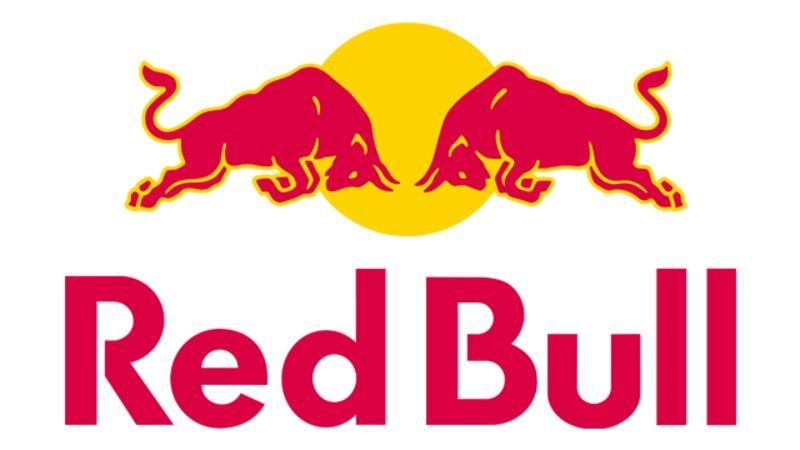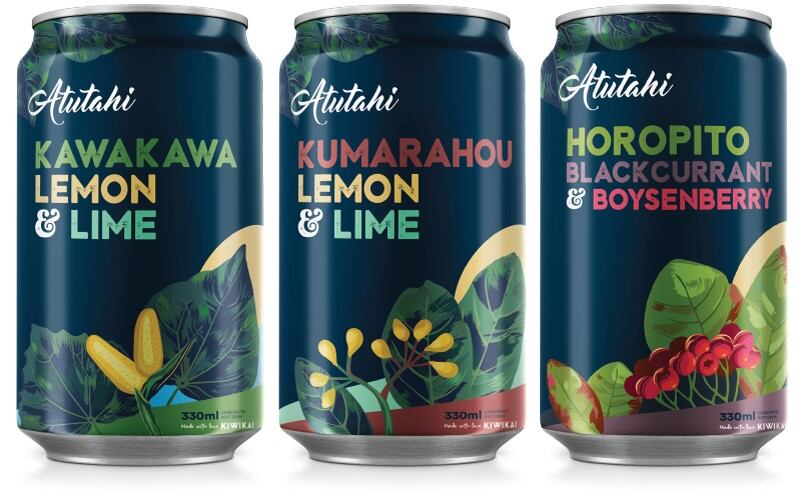Red Bull is present in just about every market in the APAC region, and one of its key strategies has been to localise its product development in every market it is in to suit consumer tastes.
“Every Red Bull market [team] in APAC curates their own portfolio, and a lot of time [is spent] designing the right product range for each market based on consumer requirements,” Red Bull Asia Pacific Head Coach Jason Sargent told FoodNavigator-Asia.
“The original blue and silver Red Bull Energy Drink is still predominant, [but] we review our portfolio constantly to ensure we are providing the best range of products [to meet] energy, taste and size requirements.”
Examples of these localised products are in the firm’s Red Bull Editions, which are seasonal ranges. In Singapore for instance, Red Bull currently has the Coconut edition, a coconut and blueberry flavoured version of the drink as well as a Lime Sugarfree edition; whereas in Australia there is the Orange edition (orange flavour), Tropical edition (tropical fruits) and Red edition (watermelon flavour).
“[Based on] Red Bull’s purpose to Give Wings to People and Ideas, [we] employee local teams to interpret what this means in each market we operate in to ensure we are relevant to our target consumer,” Sargent added.
He described the APAC energy drink market as ‘well-established and understood’ – but firmly believes there is also still room for growth via a premiumisation approach.
“We believe that the premium segment of the Energy Drink market is significantly under-developed in APAC,” he said.
“Most energy drink categories across APAC have been developed with low price products focused on high volumes and low cash margins. Premium [items] in terms of shelf life and trade value [have been overshadowed].
“[Because of this], retailers have benefitted from high velocity existing local and international brands, but have missed out on the value that higher shelf-priced brands bring to the category and the increased basket value premium shoppers bring.”
Although Sargent declined to elaborate on any specific Red Bull plans to develop further in this segment, he stressed that there are ‘significant growth opportunities’ the company saw here ‘across almost all territories in APAC’ and that further pushing brand awareness via programmes such as Formula 1, football and its Red Bull Music Academy was a focus.
Other major areas within overall brand strategy include sustainability, which has also been strongly highlighted via Red Bull’s 100% ‘forever recyclable’ aluminium cans and more environmentally-friendly transportation via these cans.
“The aluminium can is up to 20% more efficient than plastic containers and even up to 40% more efficient than glass bottles during transport [due to the space saved] - It is a key factor in reducing CO₂ emissions during transport, packaging and storage,” said Red Bull.
The firm also has a page on its website dedicated to brand protection and fighting counterfeit products, calling on consumers to directly report any suspicious products attempting to copy Red Bull and sell these at lower prices here.
Original continues to lead
Although localisation and premiumisation are trends to look to, Sargent revealed that at present the main growth driver for Red Bull, as for most other energy drink firms, are still the original versions of these drinks.
“The overwhelming majority of energy drinks sold around the world are from original formulations, and as the market leader in the category [Red Bull’s] focus on our 250mL original energy drink is [what is] driving most growth for us too,” he said.
“[Despite innovation in terms] of the creation of new formulations and the use of new ingredients, yet as far as the consumer is concerned, they’re still energy drinks and that’s what the consumer is looking for when they go to the fridge.”
Red Bull also has a sugar-free version of its energy drink which replaces sugar with the sweeteners Sucralose and Acesulfame K, but although this is experiencing growth, the original sugar-containing version still leads sales in APAC.
Constant need for energy
Sargent also expressed strong confidence in the energy drinks market as a whole being able to withstand the challenges COVID-19 has wrought, due to these being widely available and in-demand.
“Energy drinks were impacted by COVID-19 in different ways, market by market depending on local dynamics. For example, those with a heavy reliance on drink now or on-premise drinking occasions were impacted more than markets that have a greater share of business in take home or grocery sales,” he said.
“[That said], these have almost ubiquitous channel availability from eCommerce to vending, gas Stations to QSR chains, [so] even as consumer habits change our products should be available, [and moving forward] consumers will still want to get the most out of the day or night, sport or work performance, meaning there will be a continued need for energy drinks.”



